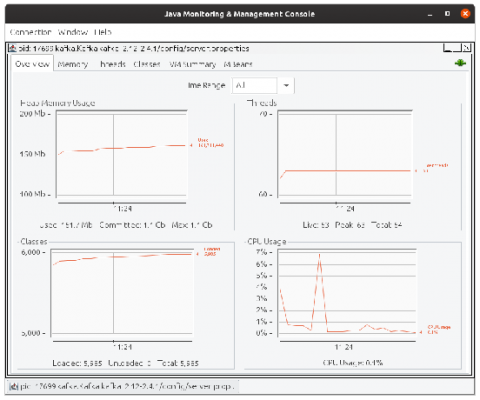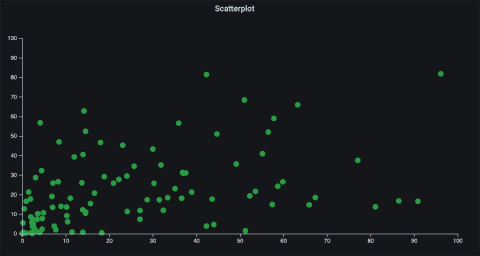Why optimizing for MTTR over MTBF is better for business
The classic debate when running a software as a service (SaaS) business is between release frequency vs. stability and availability. In other words, are you Team MTTR (mean time to recovery) or Team MTBF (mean time between failure)? In this blog post, I argue for MTTR, which encourages you to push more frequently, embrace the instability this may introduce, and invest in training and tooling to deal with the pursuing outages.










